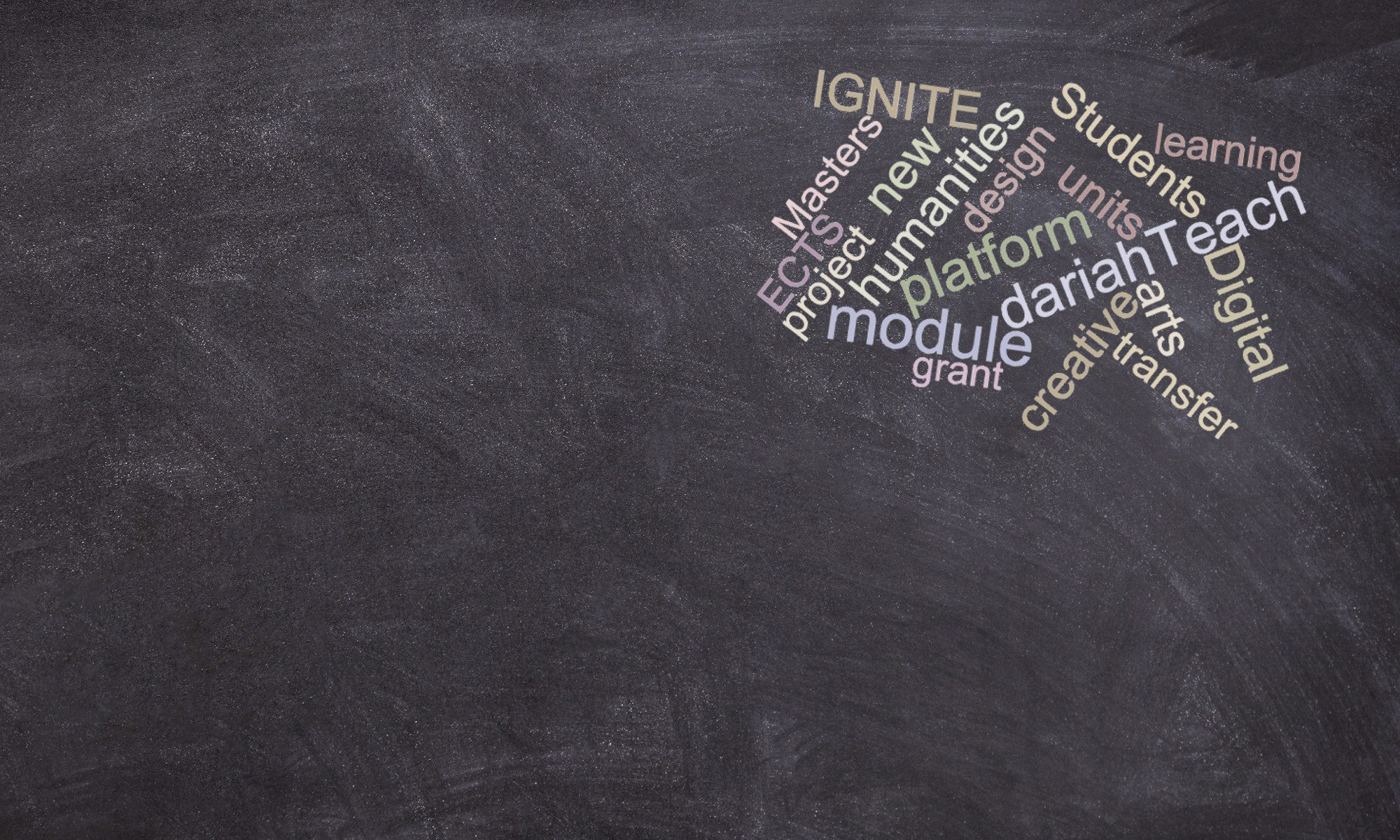Expected release date: March 2020
Objectives
This interdisciplinary unit addresses how principles of literary, visual, or oral storytelling challenge and enhance the conceptualisation and construction and experience of digitally built worlds connecting to real-world places, locations, and landscapes. Applying principles of storytelling to digital worlds across multiple platforms will help define and innovate the shape of these worlds. Focused on the underlying belief that technology and narrative create a feedback loop, with one constantly improving the other, this unit will be based on iterations of ideation, conceptualisation, and prototyping to integrate critical insights that will push on the boundaries of established beliefs and the regulated time-space we live by, in the connectedness of datafied space and localised place.
The objective of the unit is to critically reflect on and creatively put to use theories, ideas, and practices of how digital world-building and storytelling are interrelated, and to practice these insights in interdisciplinary group environments connecting the arts, media-focused information science, and interaction design, and seminal elements of the humanities and social sciences (e.g. literature, visual culture, cultural theory, experience economy, and cultural politics studies). Telling stories for digital worlds and for blended spaces entail knowledge of spatial and visual regimes, knowledge of ways of telling stories, skills in collecting, sharing, and presenting stories that will connect a physical location (place) and a multi-connected, datafied space. This will—in a project and case-oriented way—integrate practice and production skills with competences in structured interdisciplinary group work and convey knowledge and practice in how disciplinary knowledge contributes in interdisciplinary ways across domains and sectors (public innovation for citizen engagement and cultural creative institutions, tourism and destination development, creative industries and economies).
The unit consists of equal amounts taught components (theory about digital storytelling and datafied space and analysis of digital worlds and blended spaces) and case studies and scenarios (development and presentation of conceptual products in relation to digital world-building and storytelling) that come together through reciprocal theoretical-practical ‘learning by doing’.
Learning Outcomes
After completing this unit, the learner will be able to:
- Develop a theoretical, analytical and methodological appreciation of storytelling in digital worlds and blended spaces;
- Employ a practice-oriented, hands-on, conceptualizing approach towards digital worlds and storytelling as designs, aesthetic expressions, interaction forms, user experiences and cultural creative products;
- Experience as a participant in a group interdisciplinary theoretical, analytical, methodological and empirical approaches in order to strengthen, sharpen and nuance the appreciation of own skills and competencies;
- Demonstrate fundamental theoretical, analytical, methodological and conceptualizing competences in the treatment of digital worlds and storytelling;
- Conceptualise, contextualise and present knowledge as products (written assignments, oral presentations, proof-of-concepts, and pitches);
- Analyse, explain and critically reflect on case examples through the use of theory and empirical knowledge;
- Evaluate and critically discuss problem areas within case examples and to propose solutions to these problems in ‘proofs-of-concept’;
- Refine and critically evaluate the produced ‘proof-of-concept through techniques such as workshops, user tests, qualitative methods or other tools;
- Present results in structured and contextualised ways (e.g. pitch and pitch material) to user groups and peers.
The student will master in-depth knowledge of a defined area of research and practice-oriented methods within this area of knowledge. The student will master analysis of chosen problematics within the chosen area of research and master the application of tools related to this area of research. The student will master collaborative workflows for concentrated project-processes, and how to work independently and practice-oriented applying knowledge, competences, and skills in problem solution.
Teaching Methods/Technologies
The unit alternates between video, PowerPoint, Prezi and audio lectures, case examples for analysis and tests, guides for project processes for groups and group presentations, collaboration through blogs and wikis, advice and templates for fieldwork and user studies, and written group challenges to enhance problem-based learning.


